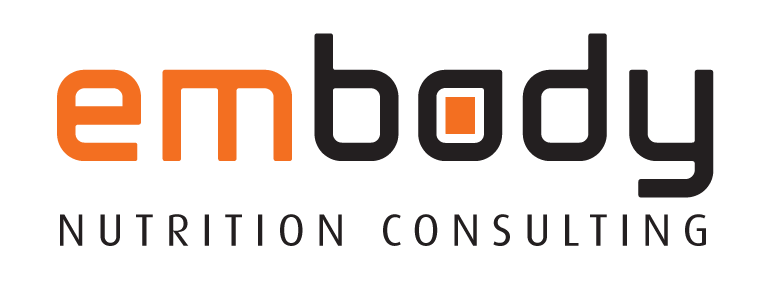I recently encountered a client with an ‘MTHFR gene mutation’ – a genetic condition that affects up to 30-50% of our population. Chances are – if you DO have it – you don’t know. This isn’t necessarily a problem – as the mutation comes with different degrees of severity.
What is MTHFR all about?
MTHFR stands for – ‘methylenetetrahydrofolate reductase’. It’s a mouthful! The MTHFR gene is responsible for producing the MTHFR enzyme.
This enzyme has a role in converting the folate and folic acid we consume in food (or supplements) to the form our body can use (which is called 5-MTHF OR methylfolate). This enzyme also breaks down an amino acid called homocysteine – which when high in the body is linked to heart disease.
The mutation:
We have two MTHFR genes – one from each of our parents. This gene can ‘mutate’ – meaning the enzyme then might not function normally. Mutations can affect one (called heterozygous) or both (called homozygous) of our genes. To complicate this further – there are two common types of mutation – called C677T and A1298C. The greatest loss of function is seen with a homozygous C677T mutation (70% loss of function), whilst other mutations may affect function on the enzyme to a lesser degree.
The MTHFR mutation is associated with:
- Increased homocysteine.
- Increased inflammation.
- Fatigue.
- Reduced immunity.
- Birth abnormalities (incl. neural tube defects) and miscarriage.
- Irritable Bowel Syndrome (IBS).
- Mood disorders.
- Chronic diseases incl. cardiovascular disease and cancer.
When to check the MTHFR gene?
There are various reasons it may be important to take a look at the MTHFR gene – some red flags might include:
- Unexplained fatigue.
- Ineffective metformin use (*metformin = a drug used to manage diabetes).
- Increase inflammatory markers or homocysteine.
- Abnormal trace elements in the blood (e.g. Copper + Zinc).
- Repeated miscarriage.
Management from a dietary perspective:
Dietary management of MTHFR mutation is primarily centred around the loss of function when it comes to folic acid metabolism. To understand the dietary management of this mutation it is key to know that there is a difference between folic acid and folate – both a form of the Vitamin B9.
Folic acid is the synthetic or ‘man made’ form of B9 – typically added to bread and cereal products. In fact – it is mandatory in Australia to fortify wheat for bread making purposes with folic acid. Folate, on the other hand, is the natural source of B9 contained within various foods.
The natural dietary source of folate is more efficiently utilised, and a high percentage of natural dietary folate is already in activated form and able to be used. We know that those with MTHFR mutation can handle folate – but do not process folic acid as effectively. Thus, for at least those with the homozygous C677T mutation – it is necessary to limit folic acid.
One way to limit intake of folic acid is to follow a gluten-free diet, as we know that folic acid is added to wheat products. Gluten-free products are most often made from an alternative grain, thus are less likely to contain the added folic acid.
Whilst avoiding folic acid – it is still essential to include natural folate sources. Rich sources include green vegetables, legumes, rice, avocados, fruit and nuts + seeds. Note that if you require a folate supplement (such as in the case of women wishing to conceive) you would need to chat this through with your pharmacist – and source a ‘methyl folate’ supplement.

